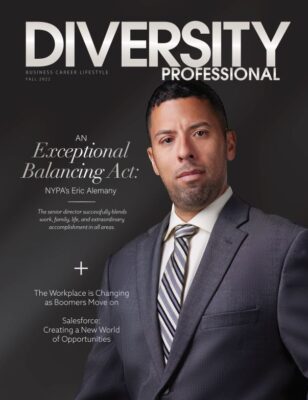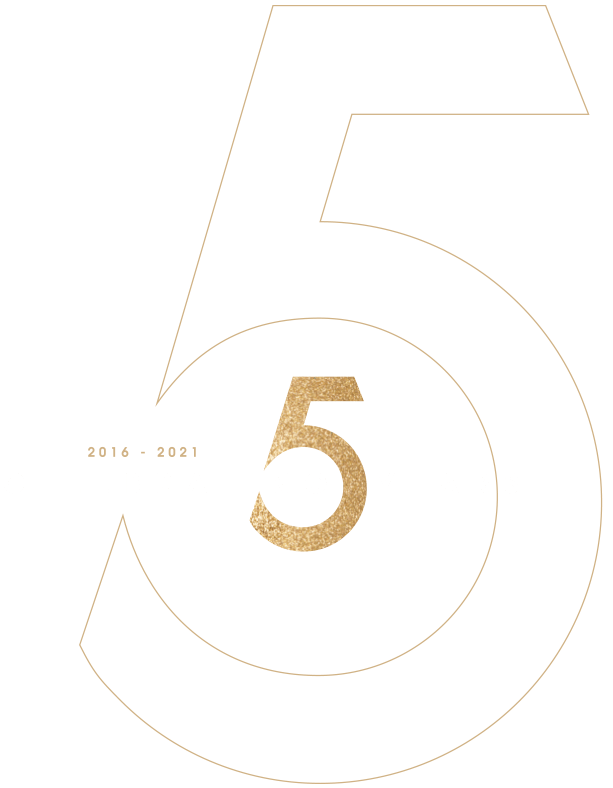Many MBE’s Caught In A “Digital Disconnect”
Last fall, I met executives from two women’s business enterprises (WBEs), Cassandra Bailey, CEO of Philadelphia-based Slice Communications and Laura Berry, CEO of Virginia/Washington D.C.-based Cogberry Creative.
They were discussing the fact that many women-owned businesses weren’t adequately leveraging social media and digital marketing best practices.
Having just completed a WBE-to-WBE marketing campaign based on the 2015 State of Women-Owned Business Report for Creatives on Call (the third WBE to join the group) I understood the importance and timeliness of the proposed study and immediately joined the team.
The statistics from the State of Women-Owned Business Report that first caught my attention were:
“Though, due to advances in technology, women business owners still lack the confidence in their ability to design and maintain their businesses’ websites with a 25 percent decrease from 2013 to 2015, as well as to employ mobile marketing activities, representing a stagnant trend line at 33 percent for each of the last three years.”
Working with the Wharton School of the University of Pennsylvania, Bailey and Berry combed through almost 900 women-owned businesses’ websites and social media accounts to present a research-backed toolkit for the community of growth-oriented entrepreneurs.
The team sought to understand the complicated reasons why WBEs were missing out on market share despite a climate of access in the supplier inclusion industry. A “digital disconnect” was uncovered between what WBEs are presenting in the digital space and how corporate buyers typically initiate and conduct supplier research.
The rest of the story can be found in the following passage from the report:
“Since 2007, the number of women-owned firms has grown at a rate five times faster than the national average. Yet, women entrepreneurs are still much more likely to be sole proprietors with limited staff and even more limited resources than their male counterparts. In addition to challenges accessing capital and networks for growth, women entrepreneurs often do not adequately leverage social and digital marketing best practices that have been shown to open doors to corporate buyers and other customers. This disconnect between how corporations buy and how women-owned businesses sell is becoming more pronounced as millennial buyers gain influence.”
According to Google’s report, The Changing Face of B2B Marketing:
■ More than 40 percent of B2B buyers are now millennials.
■ 42 percent of researchers use a mobile device during the B2B purchasing process.
■ B2B buyers have already completed 12 research steps, including having searched for comparison products, watched videos, and read reviews before contemplating contacting businesses directly.
“How B2B Sales Can Benefit from Social Selling,” published in Harvard Business Review showed:
■ 53 percent of B2B buyers say social media plays a role in making a final selection.
■ 82 percent of B2B buyers said winning vendor’s social media content had an impact on the buying decision.
An analysis of almost 900 WBEs across 43 states in addition to D.C. and Puerto Rico enabled the team to develop a weighted average system and resulting classification rubric. Businesses can take the test to see where they are on the scale from 0 to 4, with 4 being completely branded on each social platform. Each business reviewed for the study was ranked according to the rubric.

The researchers examined the websites and social media pages of the WBEs, including their corporate Linkedln, Facebook, Twitter and Instagram accounts. The study found:
■ 45 percent of WBEs have a below average website, which may not be found through keyword search or the content may make it difficult to understand all the company’s products/services.
■ 62 percent of the surveyed firms scored 0 or 1 out of 4 on their Twitter channel, meaning that most WBEs either had 0 presence or owned a Twitter channel with minimal information that was not updated.
■ 40 percent of the WBEs surveyed engaged on Linkedln with a score of 1 to 2 out of 4 on their profiles, meaning they owned a Linkedln page with minimal information that is not updated or a page with minimal information that is current but posts infrequently.
It has never been more important to elevate and empower women’s business development. More than 270 of the 500 members of the S&P 500 publicly advertise supplier diversity and inclusion programs. However, WBEs are not meeting those buyers’ marketing expectations.
By sharing resources like this toolkit, WBEs can evaluate their marketing and scale their digital marketing and social media best practices to meet buyer expectations.
FOR MORE INFORMATION:
The complete WBE Digital Disconnect report can be viewed at http://sUcecomrmmiications.com/wbe-digital-disconnect-study-Uinding-page/









